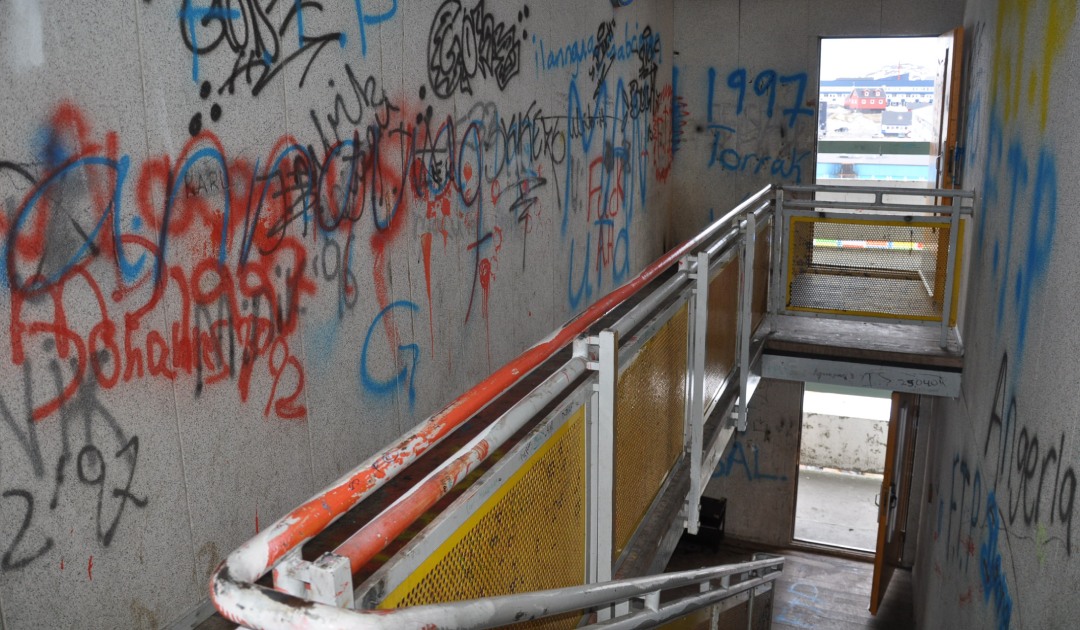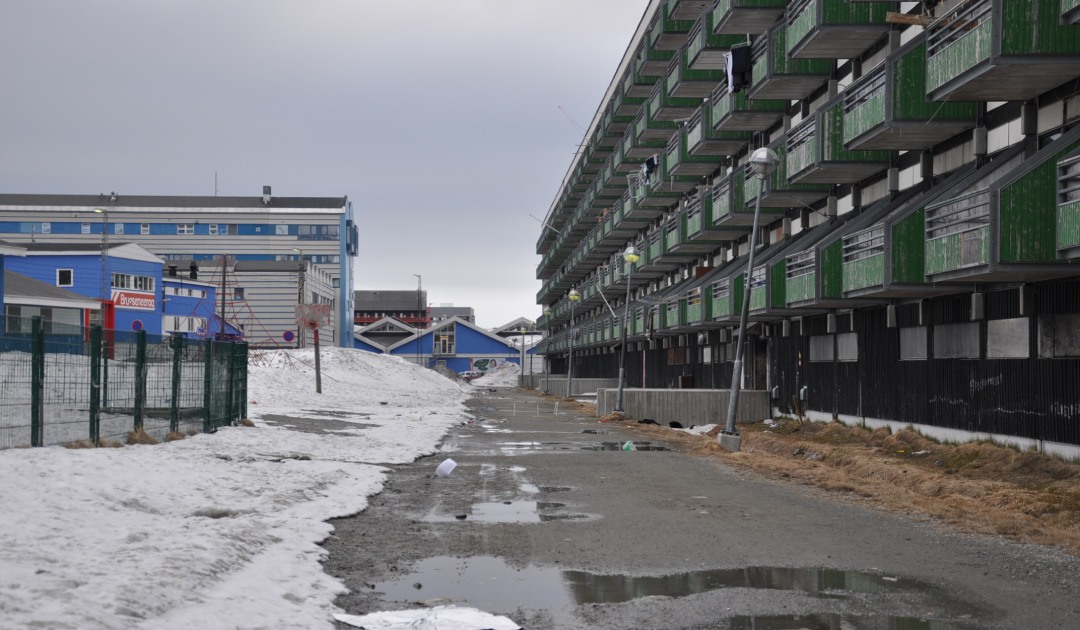
It has been more than five years since any homeless person died from hypothermia in Greenland. But little is still known about the reasons that Greenlanders end up on the street.
Sometimes it can be difficult to discern how scientific research directly helps ‘the man on the street’. But this is far from the case for a new project at Ilisimatusarfik, the University of Greenland, that was just granted 4.8 million Danish crowns (644.000 Euros) over a three year period.
The project follows in the footsteps of previous research on homelessness at the university’s Centre for Arctic Welfare. But in the new project, named ‘Ilaassaagut’, the focus will be on listening to the people affected by homelessness themselves.
“Ilaassaagut means ‘with us’ and is a bottom-up approach to creating initiatives for homeless people based on knowledge from social science. It has been constructed on the basis of user forums, forums for authorities, and the education of street-level-workers and shelter personnel,” Steven Arnfjord, director of The Centre for Arctic Welfare, told Polar Journal.
The money was granted by the Oak Foundation Denmark, a fund dedicated to helping solve social and environmental challenges with a special focus on society’s most exposed; an apt description of people living on the frozen streets of Nuuk where most of Greenland’s homeless population reside.

Shelter in boats and stairwells
To some, homelessness in the Arctic might even seem like an impossibility. Homeless people already suffer from the cold in the temperate climates of Northern Europe and America. So how is it possible to spend your life outside in eternally freezing temperatures?
“In Arctic conditions, you have to seek shelter from the cold and the wind. You do that in stairwells, abandoned houses, or in boats. You have to do that if you want to survive the winter where the average temperature is well below zero and hypothermia is a serious threat,” Steven Arnfjord replied.
In Greenland, it has been five or six years since a homeless person died from hypothermia, Steven Arnfjord says. But in other parts of the Arctic, social services are not as widespread.
In 2022, he was in Alaska where he met homeless people sleeping on the streets of Anchorage.
“Homelessness arises even if people might think that it is way too cold for that. It arises for the same reasons as in other industrialized countries; a liberalization of housing that makes it very difficult to find a place to live,” Steven Arnfjord said.

A growing problem
But not all the causes for homelessness can be learned through comparison. Some are unique to the conditions of the Arctic and of Greenland, and these are the ones that Steven Arnfjord and his colleagues will try to discover with the new research project.
“The project won’t create houses but it will create a research-based understanding of the reasons for homelessness. We need more than just houses to pull people out of long-term homelessness,” Steven Arnfjord said.
Because long-term homelessness in Greenland does not appear to be going away. In fact, according to Arnfjord, the problem might be growing. Quantitatively, only one country-wide survey has been conducted at present so trends cannot be discerned. But qualitatively, Arnfjord’s centre has been working in a soup-kitchen for 10 years and here, he sees more and more people showing up.
“Every Wednesday we follow the people who come there to eat, and one thing we see is that more young people and more people with poor mental health are showing up.This is worrying because these people need a different type of effort to be helped,” he said.
The reasons for these increases, he says, is a lack of available mental health professionals and a lack of social initiatives to help young people after they finish school.
“Homelessness is a problem that grows in hiding if continuous political attention is not paid to it,” he said.

A new book and Bodø in May
Part of the funding for the project involves the creation of educational material that will last beyond the three years that ‘Ilaassaagut’ will be running.
Steven Arnfjord also stresses that he and his team will be presenting their research at the Arctic Congress Bodø at the end of May, 2024. And for those who are really interested in homelessness in the Arctic, his team recently published a book on the topic.
The issue is ongoing and requires continuous attention. New knowledge on the topic is always needed but when the ‘Ilaassaagut’ project is done in three years, Arnfjord has a specific expectation of the outcome.
“We will have a strong knowledge base to inform the rest of society what services the homeless people themselves are requesting,” he said.
Ole Ellekrog, Polar Journal
More on the topic





